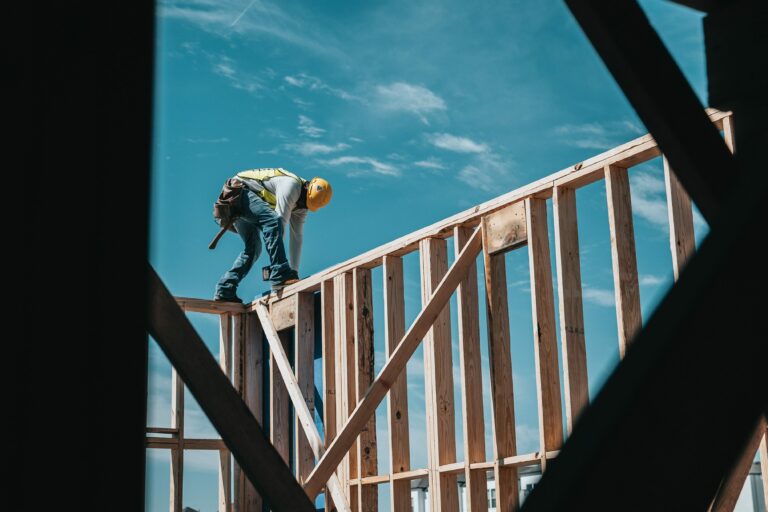The Center Square: Innovating the American Dream

Across the country, land-use officials are grappling with chronic housing shortages — the result of longstanding legal and policy failures, including archaic zoning rules and ongoing labor and supply shortages. From Seattle to Key West, to Calabasas, there simply is not enough housing for the American people. Among the many potential solutions pro-housing advocates have proposed are so-called “build-to-rent” (BTR) developments — indistinguishable from traditional single-family tracts, except that their occupants are tenants instead of owners. That’s it.
Over roughly the last half-century, policy failures have shaved upwards of three trillion dollars off of the national gross domestic product during that same period. Hardly chump change, especially when inflation is taken into account. As might have been expected, the mid-2000s subprime mortgage collapse put the long-simmering crisis into acute focus. But — spoiler alert — it did not precipitate a systemic wave of pro-growth reforms. Instead housing shortages continued nearly everywhere, and the token fixes that federal, state, and local officials did offer, well, failed.
Fortunately, in the last decade or so, reformists, many calling themselves YIMBYs (yes in my backyard, to contrast themselves with the “no” NIMBYs), have made real progress removing barriers to more “missing-middle housing.” That is, the suite of housing designs between detached, single-family homes on one end and large apartment complexes on the other. Think duplexes, triplexes, and accessory dwelling units.
While BTRs, as primarily single-family dwellings, are not of the same ilk per se — they provide housing options for those who prefer the classic suburban setup but cannot afford homeownership or simply do not want the associated hassles. The target BTR audience includes restless retirees, itinerant workers (think traveling nurses), tech workers, and millennial parents still early in their careers.
While the public narrative on opening zoning for more housing is beginning to move in advocates’ favor, NIMBYs still control much of the local reins of power. Their opposition to BTRs is particularly confounding, since they are virtually indistinguishable from traditional single-family homes. In structural, interior, and aesthetic respects, BTR homes are identical to their owned counterparts.
Certain neighbors, however, have misgivings — although misguided. For them, anything other than block after block of occupant-owned single-family dwellings spells the end of their neighborhoods as they know it. The success of the pro-growth movement rests on persuading these neighbors, and the local land-use officials (as well as state legislators) who kowtow to them, that the growth in BTRs is not a harbinger of doom but is instead a response to a decades-long need for more housing.
If NIMBYs succeed in keeping BTRs out of their neighborhoods, the modified American Dream of at least living in a home will continue to elude tens, if not hundreds of thousands of their fellow citizens.
While BTRs are just one piece of the puzzle, they present an excellent opportunity for compromise. For YIMBYs, it simply means more homes are built. For NIMBYs who can be convinced, it permits growth on terms they are willing to accept. Their tenant neighbors will be their friends, their colleagues, and their essential workers. Their children will attend the same schools and engage in the same extracurriculars. In many, if not most cases, their average household incomes will be comparable.
The only thing to differentiate their living arrangements and lifestyles are pieces of paper with the word “deed” written on them. This is a terrible basis for rejecting an innovation that could make a huge dent in America’s chronic housing shortage. “Home,” Robert Frost once wrote, “is the place where, when you have to go there, they have to take you in.” It is high time that those who want to call single-family neighborhoods “home”— without the cost or inconveniences of ownership — are given the full opportunity to do so.
This op-ed was originally published at The Center Square on November 30, 2023.




